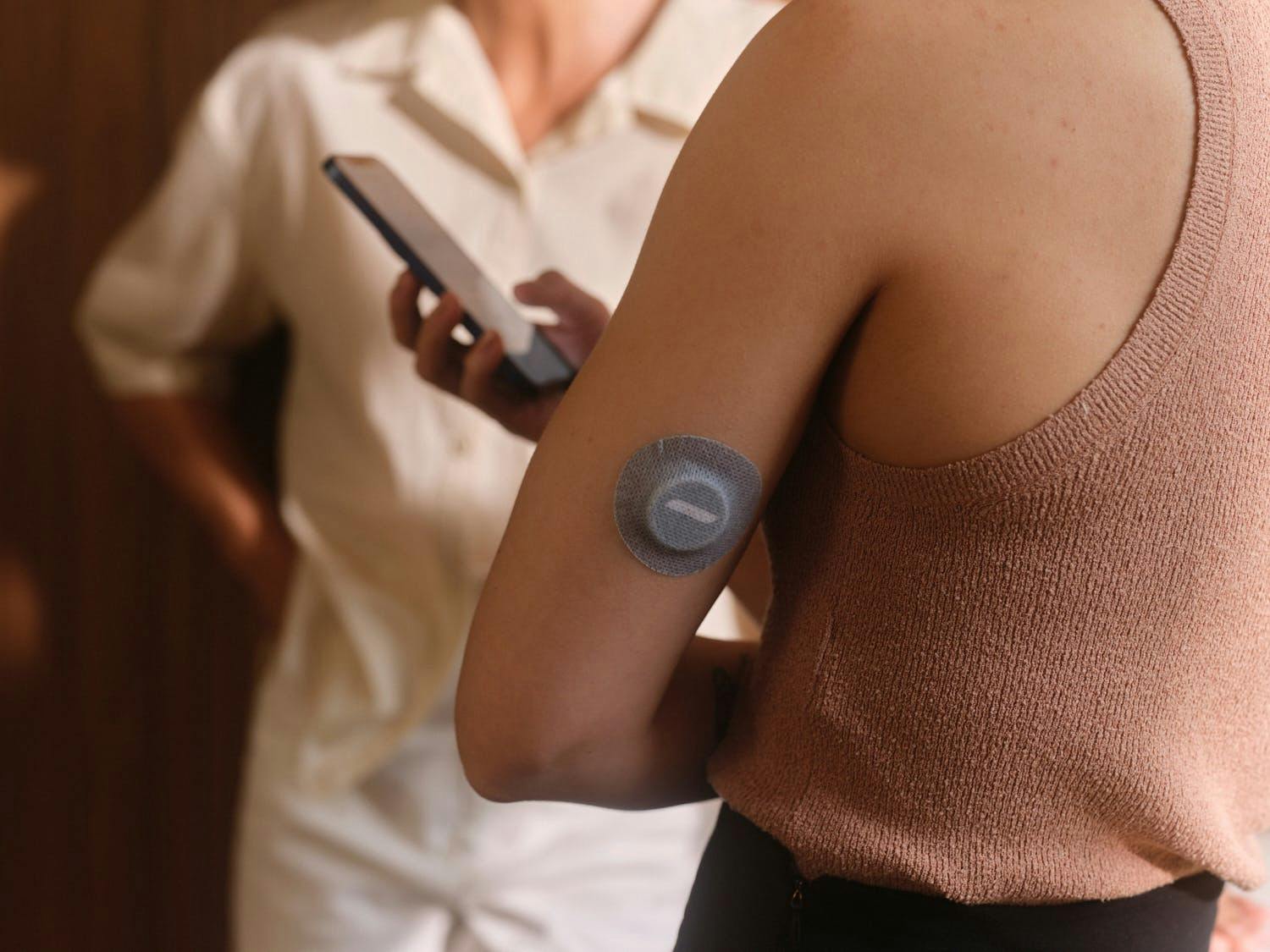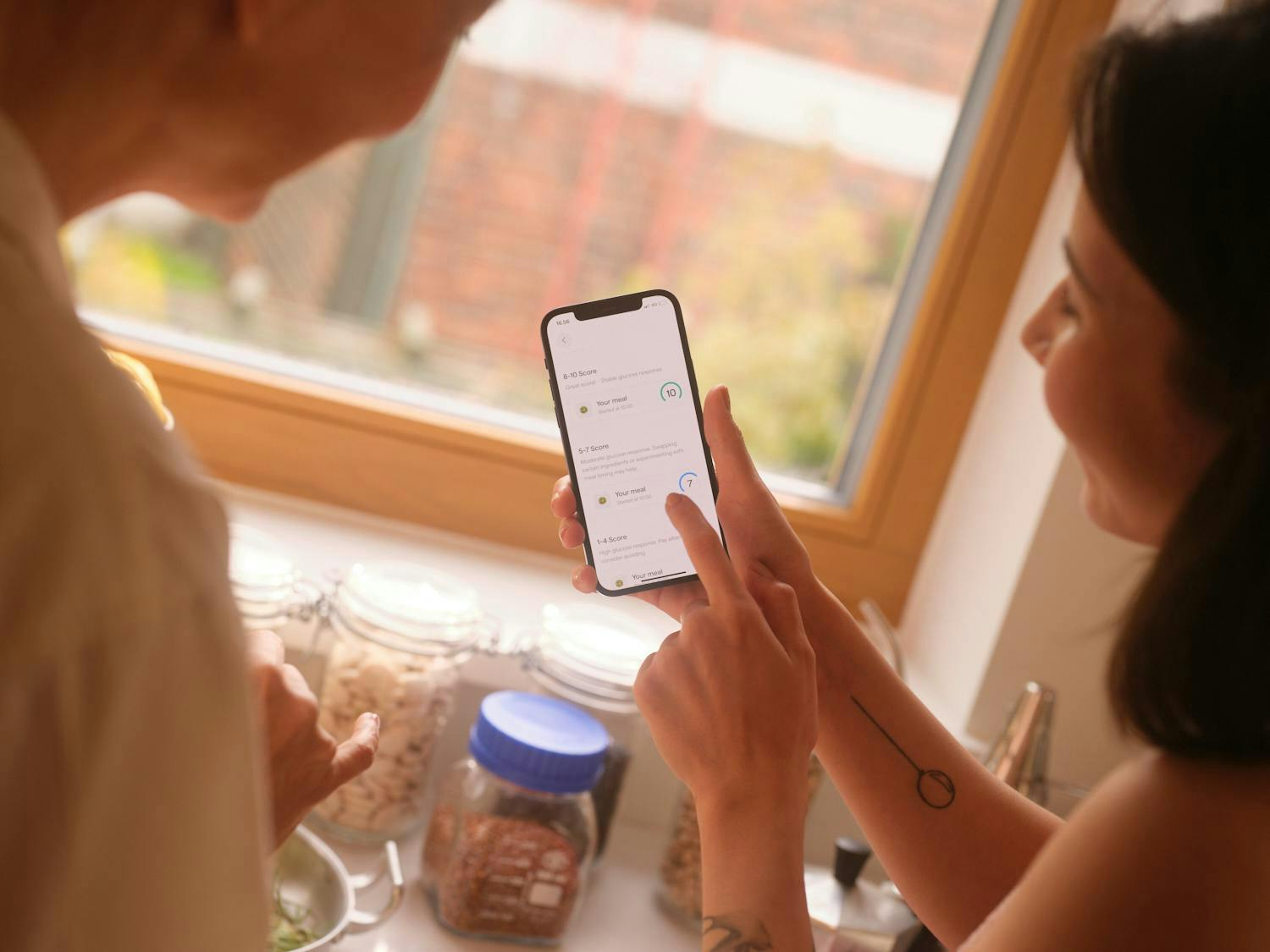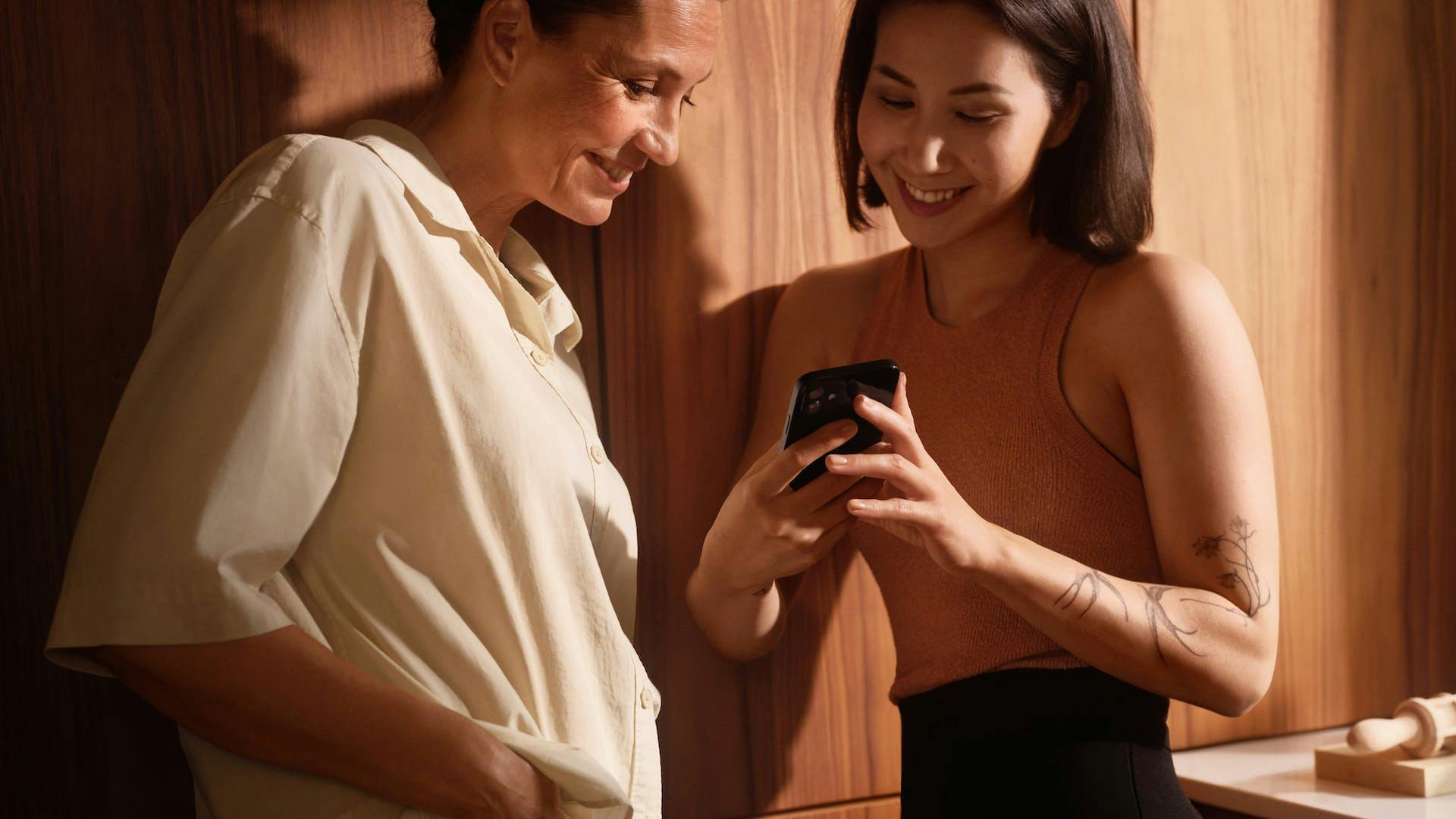One in three people have a wearable device in the U.S., and you don’t have to look far to find stories of people getting stressed by their wearables, whether it’s pacing their bedroom at the end of the day to hit their step goals or anxiously tracking every calorie in MyFitnessPal [1, 2]. Researchers have even found some subjects sleep worse when tracking their sleep due to worrying about negative results [3].
What if there was a different way to approach your health — one that emphasized outcomes over tracking?
Intermittent monitoring: a new way to get better
Navigating your health can feel like getting lost in the woods.
To navigate back home, you could constantly check your compass. This might get you back, but if you really wanted to learn how to find your way in any scenario, you would want to develop the skills to get by on your own.
With our health, we get diagnoses and a prescription from doctors, but we're not learning how to improve our habits for better health. Even a CGM can be counterproductive if we become over-reliant on it – we're lost and we’re not learning how to navigate.
In the wilderness, without a compass, you're just lost, but blindly following it won’t teach you to navigate either. When you use the compass to learn the route, topography, and signs of the land, you only need to look at it occasionally — just to make sure you’re headed in the right direction.
You begin to enjoy the journey. You make stops along the way, you take in the scenery, and don’t obsess with the destination, because you know you’ll get there.
At Veri, our primary objective is to help our users improve their metabolic health. In studying our own customers, consulting the available research, and looking at the past 10 years of wearable companies we came to a simple conclusion:
Behavior change comes from testing, learning, practicing, and building new habits. A continuous glucose monitor (CGM) is required for testing and learning, but not for practicing or building habits. It’s simply a tool along each individual's health journey. This is what we call intermittent monitoring: spending time with and without the CGM.
The benefits of intermittent monitoring
1. You’ll build self-efficacy and stronger habits
A CGM provides accountability and insight on a daily basis. Breaking free from constant monitoring teaches you to integrate your learning and perform better on your own. This leads to self-efficacy — the belief in your ability to take action and achieve a goal.
This self-efficacy is ultimately what will support long-term, sustained behavior change [4, 5].
2. You’ll maintain a positive relationship with food
Just like our wilderness example, it’s important to enjoy the journey. Research suggests that wearables can actually have a negative impact on activities we used to enjoy [4]. We love food and we know you do too. Getting healthy isn’t about restriction, it’s about enjoying what life has to offer in a responsible way.
Veri shows you which foods work best for you, but it also shows you how concepts like food pairings and glucose “hacks” can help you enjoy items you might have avoided in more restrictive diets. Alternating between wearing a sensor and not, helps you enjoy food and life as it should be enjoyed.
3. You’ll avoid burnout
Tapping into your body by seeing your glucose levels respond immediately to your diet and lifestyle is life-changing. But constantly obsessing over your glucose can lead to an unhealthy pattern. By stepping away from the graph and into a growth mindset of sustainable habit change, we can focus on small, daily actions to avoid burnout and maximize results.
4. It’s more accessible
A simple truth: the CGM itself is the greatest driver of costs for metabolic health apps like ours. Constant monitoring is not only undesirable for the reasons above, but also more expensive. By designing an experience that uses the CGM as one of many tools, we can make more use of software features that help you reach your goals at a much lower price.
That’s what intermittent monitoring is all about.
Applying intermittent monitoring: the learning and practice periods
We’ve talked before about the Veri Method — how tracking, scoring, and guidance come together to help you make sense of your glucose data. Think of it like the map to go with your compass.
This learning period is an eye-opening experience for our users. Tapping into your body to see how food and lifestyle impact your blood sugar creates a shift in how you think about daily decisions.
Throughout the practice period, you’ll go without the CGM, implementing what you’ve learned. This includes eating the best-performing meals that we’ve cataloged for you in the Nutrition tab, using glucose-balancing tips like post-meal walks from our guided content, and connecting with other Veri users in our private community platform (no, it’s not a Facebook group).
The length of these practice periods is up to you!
If you’d like more you can opt for a continuous monitoring plan that provides two sensors (28 days of tracking) every month. We’re also the only company that lets you bring your own sensors if you can find them cheaper somewhere else.
Here are some examples of how people have approached this:
Takeaways
- Over-relying on your wearable device, including CGMs, can create stress and anxiety. With intermittent monitoring, you spend time with and without your CGM — using it as a tool for learning and testing.
- Intermittent monitoring can help you become more self-sufficient, build sustainable habits, avoid restriction, maintain a positive relationship with food, and minimize burnout. It’s also more cost-effective than constant monitoring.
- Using your CGM is part of what we call the “learning” period, where you see how your diet and lifestyle affect your metabolic health. When you’re not wearing your CGM, you’re in the “practice period,” where you get to put all the insights you’ve gained into practice. With Veri, you get to choose how long your learning and practice periods are.


